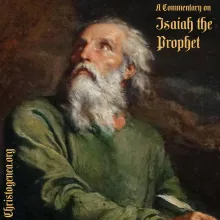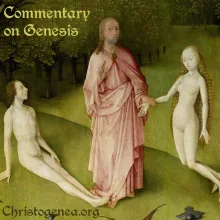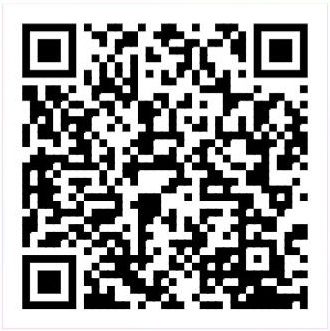Explaining Two-Seedline, Part 22: Two-Seedline in the New Testament

Bristol, Tennessee "Pastor" grovels for a donation from one of those "spots" in our "feasts of charity".
Jude 12-13: " 12 These are spots in your feasts of charity, when they feast with you, feeding themselves without fear: clouds they are without water, carried about of winds; trees whose fruit withereth, without fruit, twice dead, plucked up by the roots; 13 Raging waves of the sea, foaming out their own shame; wandering stars, to whom is reserved the blackness of darkness for ever."





 Please click here for our mailing list sign-up page.
Please click here for our mailing list sign-up page.







